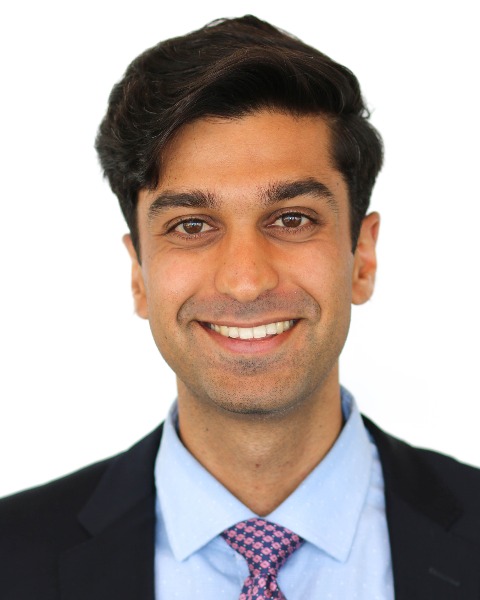Scientific Session
Scientific Session VI: Socioeconomic
(SS#VI) Factors Affecting Retirement and Workforce Attrition in Neurosurgery: Results of a Council of State Neurosurgical Societies National Survey
Saturday, April 22, 2023
4:25pm - 4:30pm PST
Location: Los Angeles Convention Center, 403A

Akshay Sharma, MD (he/him/his)
Resident
Cleveland Clinic Foundation
Cleveland, Ohio, United States
Presenting Author(s)
Disclosure(s):
Akshay Sharma, MD: No financial relationships to disclose
Introduction: Replacement of neurosurgeons due to attrition can take over a decade, given the time-intensive training process. To identify potential retention targets, we sought to identify factors that might impact our workforce in retirement considerations.
Methods: The Council of State Neurosurgical Societies (CSNS) surveyed practicing neurosurgeons across the U.S. Participants were surveyed on 25 factors using a likert-scale of importance (1-Not Important to 3-Very Important) regarding retirement from the field. All participants were asked “If you could afford to retire now, would you?”.
Results: 441 neurosurgeons responded. 6% had been in practice for less than 5 years, 19% 6-15 years, 57% 16-30 years, 18% greater than 30 years. Practice types included academic (18%), hospital employed (31%), independent with academic appointment (9%), full independent practice (39%). The most common practice size was between 2-5 physicians (46%), with groups greater than 10 being the next (20%). Career satisfaction (97.9%), income earnings (95.7%), needs of patients (92.7%), increasing regulatory burden (8.2%), decreasing clinical autonomy (87.6%), and the burden of insurance companies (87.6%) were most commonly rated as “important” or “very important”. Subgroup analysis by career stage, practice size, or practice type revealed no significant difference in responses. When considering if they would retire now, 45% of respondents answered “yes”. Subgroup analysis revealed mid-career neurosurgeons (15-25 years in practice) were more likely to respond “yes” than those entering their careers or in practice for over 25 years (p = 0.03). Physicians in independent practices with academic appointments were less likely to answer “yes” than counterparts in other practice types (p= 0.011). Practice size had no effect.
Conclusion : This study demonstrates mid-career neurosurgeons require targeted retention efforts. Compared to counterparts, neurosurgeons in independent practices with academic appointments had the lowest attrition rates. End-of-career surgeons should be surveyed to determine factors contributing to resilience and persistence within the neurosurgical workforce.
Methods: The Council of State Neurosurgical Societies (CSNS) surveyed practicing neurosurgeons across the U.S. Participants were surveyed on 25 factors using a likert-scale of importance (1-Not Important to 3-Very Important) regarding retirement from the field. All participants were asked “If you could afford to retire now, would you?”.
Results: 441 neurosurgeons responded. 6% had been in practice for less than 5 years, 19% 6-15 years, 57% 16-30 years, 18% greater than 30 years. Practice types included academic (18%), hospital employed (31%), independent with academic appointment (9%), full independent practice (39%). The most common practice size was between 2-5 physicians (46%), with groups greater than 10 being the next (20%). Career satisfaction (97.9%), income earnings (95.7%), needs of patients (92.7%), increasing regulatory burden (8.2%), decreasing clinical autonomy (87.6%), and the burden of insurance companies (87.6%) were most commonly rated as “important” or “very important”. Subgroup analysis by career stage, practice size, or practice type revealed no significant difference in responses. When considering if they would retire now, 45% of respondents answered “yes”. Subgroup analysis revealed mid-career neurosurgeons (15-25 years in practice) were more likely to respond “yes” than those entering their careers or in practice for over 25 years (p = 0.03). Physicians in independent practices with academic appointments were less likely to answer “yes” than counterparts in other practice types (p= 0.011). Practice size had no effect.
Conclusion : This study demonstrates mid-career neurosurgeons require targeted retention efforts. Compared to counterparts, neurosurgeons in independent practices with academic appointments had the lowest attrition rates. End-of-career surgeons should be surveyed to determine factors contributing to resilience and persistence within the neurosurgical workforce.
